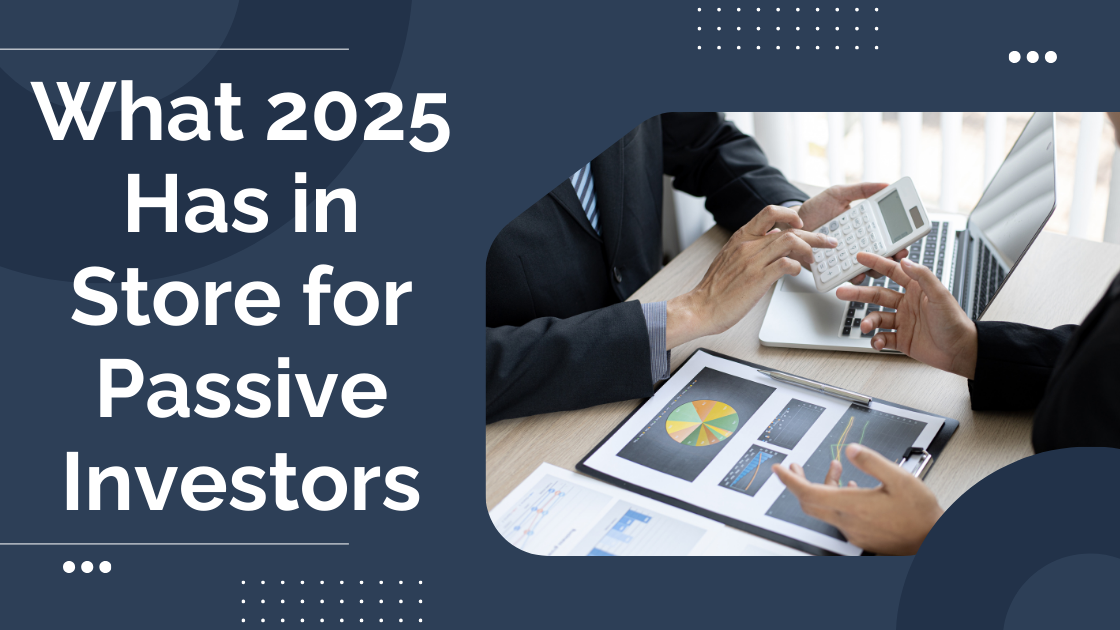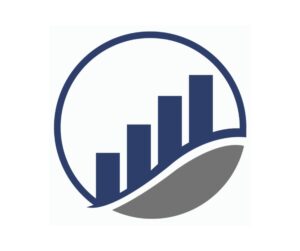If you didn’t tune into Berkadia’s Beyond Insight webinar recently, the speakers had great insights on the opportunities ahead! Hosted by Josh Bodin, Senior VP and Head of Securities Trading at Berkadia, the session gave us a sneak peek into what 2025 holds for investors. The guest expert, David Zervos, Chief Market Strategist at Jefferies, shared some key takeaways that are sure to help passive investors feel more confident moving forward.
Here’s a breakdown of what we learned and what it means for you:
Key Takeaways for Passive Investors
1. A Look Back at How Monetary Policy Has Changed Zervos started with a quick review of how the Fed’s decisions have affected markets in recent years, and why it’s still looking pretty solid for passive investors:
- The 2022 Rate Hikes: In 2022, the Fed raised rates by 425 basis points. While this caused some initial concern, the economy has held up better than expected. That’s good news for us because the market didn’t react as dramatically as in the past, showing its strength.
- The Fed’s Balance Sheet Stability: The Fed purchased $5 trillion in long-term securities between 2020-2022, adding liquidity and helping the market stay strong—even with rate hikes.
2. The 2024 Rate Cuts: Good News for Growth In a big move, the Fed recently cut rates for the first time in four years, and Zervos pointed out how this will help investors, especially in commercial real estate:
- A Boost for Commercial Real Estate: The rate cut is giving commercial real estate a boost, which means the market is gearing up for growth. This could lead to some solid opportunities for investors.
- Signs of Economic Stability: After a rocky start to the 2020s, things are looking better. Employment is up, economic growth is back on track, and the market is starting to stabilize, creating a solid foundation for growth.
3. What’s Coming in 2025: Balance & Stability Looking further ahead, Zervos pointed to 2025 as a potential year for smoother sailing:
- The Fed’s Balance Sheet Returns to Normal: By mid-2025, the Fed’s balance sheet could shrink back to its pre-pandemic size. This would mean less intervention from the Fed, and a more neutral environment for market growth.
- An Economic “Sweet Spot”: With unemployment and inflation on track, we could see the U.S. economy hit a balanced state. This would take some of the Fed’s influence off the table, and let market fundamentals take over—perfect for long-term investments.
4. Risk Assets Are Holding Strong In an encouraging sign, high-yield assets like junk bonds are showing resilience. This is often a sign of confidence in the market. Despite the Fed’s actions, these assets are performing well, which is a positive indicator for investors.
What This Means for Passive Investors
1. Commercial Real Estate: A Solid Bet With the Fed’s recent rate cuts, commercial real estate is looking pretty good for the future. Whether you’re already invested or considering it, there could be some serious growth potential here. Focusing on reliable, resilient assets will be key as we head into a more stable environment.
2. Long-Term Strategies Are Still the Way to Go With the Fed winding down its balance sheet, it makes sense to stick with long-term, steady strategies. As the economy adjusts to a more neutral monetary environment, sticking with a solid plan could lead to some great rewards over time.
3. Keep an Eye on Global Markets Zervos also mentioned that trends outside the U.S. could impact future growth, especially in emerging markets and Europe. Keeping an eye on these areas could provide additional opportunities and help hedge against shifts in the U.S. market.
The Bottom Line for Passive Investors
There’s a lot to be optimistic about! With the market stabilizing and growth on the horizon, 2025 could be the perfect time to position yourself for long-term success. Whether you’re looking at commercial real estate or considering diversifying, this evolving market offers plenty of opportunities.


 Subscribe to our newsletter so you never miss out on new investment opportunities, podcasts, blogs, news and events.
Subscribe to our newsletter so you never miss out on new investment opportunities, podcasts, blogs, news and events.